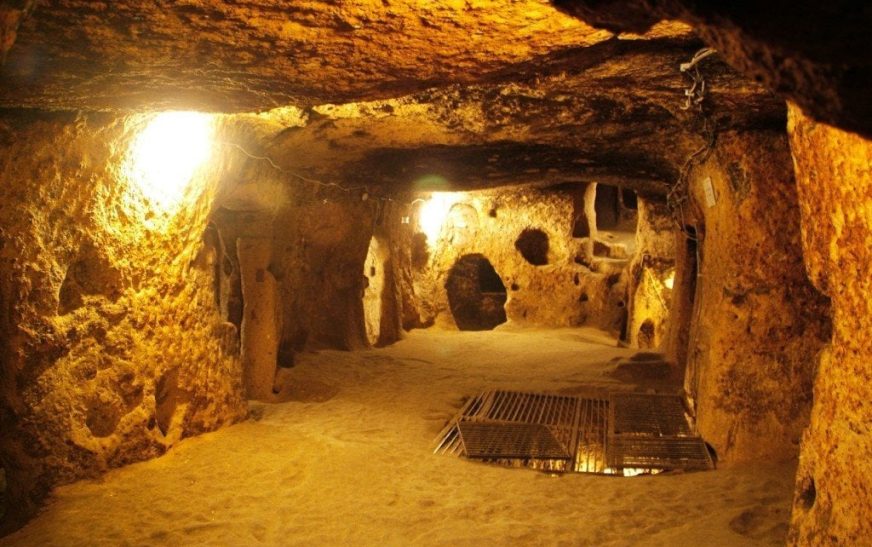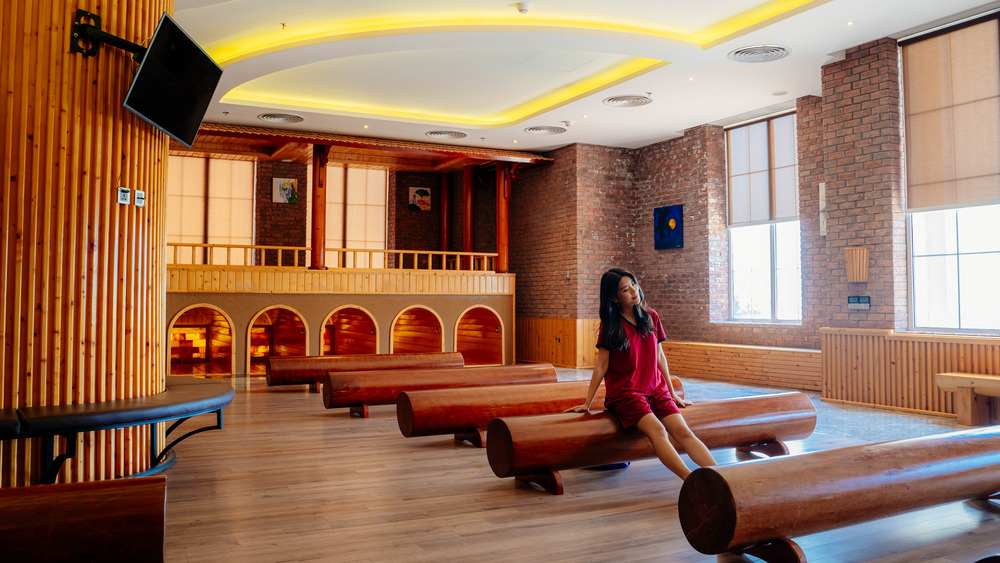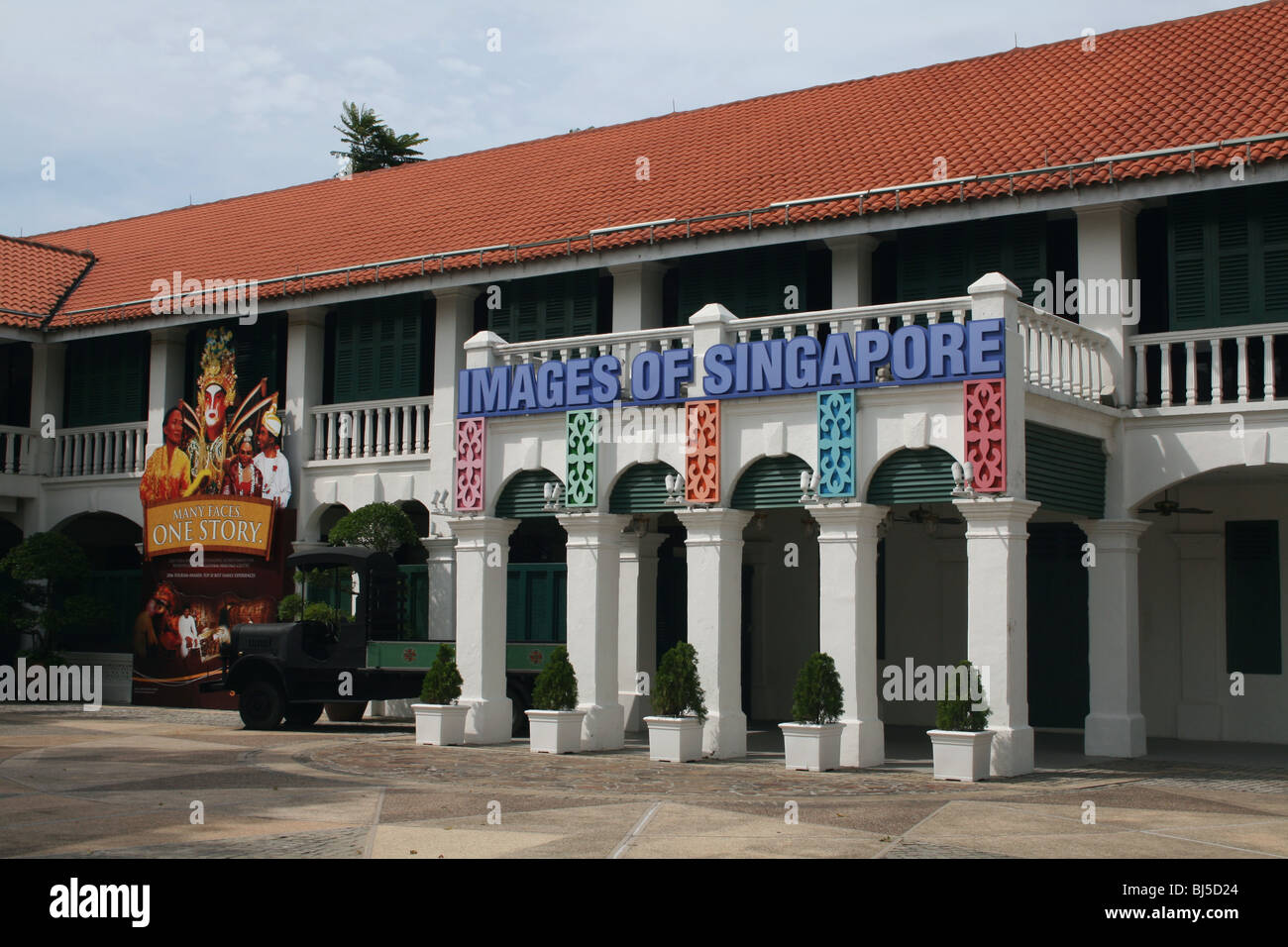The Ho Chi Minh Cu Chi Tunnels are a remarkable underground network that played a crucial role in the Vietnam War. Stretching over 250 kilometres beneath the Cu Chi District of Ho Chi Minh City, these tunnels served as hiding spots, storage areas, and living quarters for the Viet Cong guerrillas. However, many people remain unaware of the astonishing history, engineering feats, and cultural significance of these tunnels. In this article, we will explore ten fascinating facts about the Ho Chi Minh Cu Chi Tunnels that you likely never knew.
Ho Chi Minh Cu Chi Tunnels: A Complex Network of Tunnels
The Ho Chi Minh Cu Chi Tunnels form an intricate maze that includes living quarters, storage facilities, kitchens, hospitals, and command centres. This extensive network was not just a simple escape route; it was designed for long-term occupation. At its height, the Cu Chi Tunnels consisted of three levels, with some areas extending up to 12 metres deep. Each section was strategically constructed to support the daily activities of the Viet Cong.
Ingenious Engineering Solutions Behind Ho Chi Minh Cu Chi Tunnels
The construction of the Ho Chi Minh Cu Chi Tunnels showcases remarkable ingenuity. The Viet Cong used local materials, such as clay and soil, to build and maintain the tunnels. They incorporated natural features like tree roots and dense vegetation to camouflage entrances. Additionally, they designed air filtration systems using bamboo to ensure a supply of fresh air while minimising the risk of detection. These engineering solutions allowed the tunnels to remain hidden from American forces for years.
A Strategic Military Advantage of the Ho Chi Minh Cu Chi Tunnels
The Ho Chi Minh Cu Chi Tunnels provided significant strategic advantages during the Vietnam War. The Viet Cong utilised the tunnels for surprise attacks, allowing them to emerge unexpectedly and then quickly retreat underground. This guerrilla warfare tactic frustrated American soldiers and proved highly effective in various battles. The ability to move undetected gave the Viet Cong a critical edge in a challenging and uneven conflict.
The Role of Tunnels in Daily Life at the Ho Chi Minh Cu Chi Tunnels
The tunnels were not merely a military installation; they were home to many families. The Ho Chi Minh Cu Chi Tunnels served as a refuge for villagers during the war. Families lived in cramped conditions, sharing the space with fellow villagers and combatants. The tunnels had makeshift kitchens, where food was prepared using limited resources, highlighting the resilience and adaptability of the people living in these harsh conditions.
Innovative Booby Traps
To protect their territory, the Viet Cong developed a variety of booby traps hidden throughout the Ho Chi Minh Cu Chi Tunnels and surrounding areas. These traps included punji sticks, tripwires, and explosive devices designed to incapacitate unsuspecting American soldiers. Many of these traps were cleverly disguised using local foliage, making them difficult to detect. The ingenuity behind these traps reflects the resourcefulness of the Viet Cong in utilising their environment to their advantage.
A Symbol of Resistance
The Ho Chi Minh Cu Chi Tunnels have become a symbol of Vietnamese resistance against foreign invasion. They represent the tenacity and spirit of the Vietnamese people in their struggle for independence. The tunnels serve as a reminder of the sacrifices made during the war and the resilience of those who lived through it. Today, the tunnels are preserved as a historical site, allowing visitors to learn about Vietnam’s tumultuous past and the determination of its people.
Ecotourism and Cultural Significance
In recent years, the Ho Chi Minh Cu Chi Tunnels have emerged as a popular ecotourism destination. Visitors from around the world come to explore this unique historical site, offering an opportunity to learn about Vietnam’s history and culture. Tour guides share stories of the tunnel’s significance, providing insights into the lives of those who fought for their country. This focus on ecotourism helps promote cultural understanding and appreciation for Vietnam’s rich heritage.
The Cu Chi Tunnels Museum
The Cu Chi Tunnels Museum provides an in-depth look at the history of the tunnels and their role in the Vietnam War. The museum features various exhibits, photographs, and artefacts that tell the story of the Viet Cong’s efforts during the conflict. Visitors can explore the tunnel system and learn about the lives of those who inhabited them. The museum serves as an essential educational resource for those seeking to understand the complexities of Vietnam’s history.
The Tunnels’ Resilience
Despite the extensive bombing campaigns carried out by American forces, the Ho Chi Minh Cu Chi Tunnels withstood significant damage. The Viet Cong continually repaired and expanded the tunnel network, demonstrating their determination to maintain their strategic advantage. Even after the war, the tunnels remained intact, symbolising the resilience of the Vietnamese people and their commitment to their cause. Today, efforts to preserve and maintain the tunnels continue, ensuring their historical significance is recognized for generations to come.
A Must-Visit Destination
For anyone travelling to Ho Chi Minh City, the Ho Chi Minh Cu Chi Tunnels are a must-visit destination. The experience of exploring the tunnels firsthand offers a unique perspective on Vietnam’s history. Visitors can crawl through sections of the tunnels, learn about the engineering behind their construction, and understand the challenges faced by those who lived and fought there. The Cu Chi Tunnels are not only an educational experience but also an opportunity to pay homage to the resilience of the Vietnamese people.
Conclusion
The Ho Chi Minh Cu Chi Tunnels are a remarkable testament to the ingenuity and resilience of the Vietnamese people during the Vietnam War. From their complex network of tunnels to their role as a symbol of resistance, these tunnels offer a unique insight into a significant period in history. By exploring the astonishing facts surrounding the Ho Chi Minh Cu Chi Tunnels, we gain a deeper appreciation for the struggles faced by those who lived through this tumultuous time. Visiting the tunnels not only educates us about the past but also allows us to honour the sacrifices made in the pursuit of freedom and independence.
FAQs
1. What are the Ho Chi Minh Cu Chi Tunnels?
The Ho Chi Minh Cu Chi Tunnels are an extensive underground network used by the Viet Cong during the Vietnam War for military operations and as living quarters.
2. How deep are the Cu Chi Tunnels?
The tunnels are built at three levels, with some sections extending up to 12 metres deep.
3. Can visitors explore the Cu Chi Tunnels?
Yes, visitors can explore sections of the Ho Chi Minh Cu Chi Tunnels, crawl through them, and learn about their history through guided tours.
4. What role did the Cu Chi Tunnels play in the Vietnam War?
The tunnels provided strategic advantages, enabling surprise attacks, hiding, and storage for supplies, significantly impacting the war’s outcome.
5. Why are the Cu Chi Tunnels significant today?
The tunnels serve as a symbol of Vietnamese resistance and resilience, and they are preserved as a historical site for education and cultural understanding.
Also read: Best Places to Visit in Singapore: Top 10 Must-See Attractions










